Itinerary:
Sibiu - Alba Iulia - Cluj-Napoca - Bistrita - Campulung Moldovenesc - Suceava - Piatra Neamt - Brasov - Sighisoara - Sibiu
Included services:
- 7 nights accommodation in recommended 3*-4* hotels
- 7 dinners (2 courses, dessert)
- 1 lunch and wine tasting in "Rhein Azuga" wine cellar
- tour guide in the language of your choice (English, German, French)
- transportation for the entire tour
Not included:
- entrance fees
- other services not mentioned
Day 1
Sibiu
Group pick up from Sibiu Airport
Transfer to the hotel
Pedestrian tour of the medieval centre of Sibiu, one of Romania’s most charming cities: the Large Square with Brukenthal Palace, Haller House, the Catholic Church and the Council Tower - symbol of the city; the Small Square with Luxembourg House, the Liar's Bridge, the House of Arts; Huet Square with the Evangelical Church; and the Fortress street.
Considered in its earlier days one of the best fortified citadels in Europe, Sibiu retains and displays the testimonies of a glorious past, and offers the best mix between a medieval atmosphere and a modern outlook.
Sibiu is one of Romania's culture and tourism capitals, attracting visitors due to its wonderful medieval charm, with well preserved architectural monuments, beautiful landscapes in the outskirts of the city, great food, and friendly locals.
Sibiu houses the largest German community in Romania.
Dinner and accommodation in Sibiu
Day 2
Sibiu - Alba Iulia - Turda - Cluj-Napoca
Transfer to Alba Iulia
Short city tour with the visit of Alba Carolina fortress (Guard Changing Ceremony - every day at 12 pm), the Roman Catholic Church, the Reunification Cathedral.
Alba Iulia's landmark is represented by the Vauban-style fortress with seven bastions, star-shaped. It was built in the early XVIIIth century, after the plans of two architects: Visconti and Doxat de Demoret (the "Austrian Vauban"), who radically transformed the medieval fortress based on the former Roman castrum into a seven-bastion baroque fortress, the the most remarkable of its kind in SE Europe.
Next you will arrive in Turda - visit of the impressive Salt mine, (Salina), an exquisite example of a salt mine transformation into a special facility with a modern approach, to enhance its personality.
In the afternoon, city tour of Cluj-Napoca with the visit of St Michael's Gothic church, the Museum Square, the Benedictine monastery, the Union Square.
The capital of Transylvania in the medieval times, Cluj-Napoca is a vibrant city, most definitely worth visiting for the fine dining, the excellent cultural activities, the wonderful historical legacy and the great atmosphere.
Dinner and accommodation Cluj-Napoca
Alba Iulia - The Fortress Gate
Day 3
Cluj-Napoca - Bistrita - Campulung Moldovenesc - Voronet - Humor - Suceava
Leaving Cluj-Napoca, passing through Bistrita (one of the main seven Saxon citadels in Transylvania) on the way to Campulung Moldovenesc, in the Bukovina region; visit of the Wood Art Museum, a true encyclopedia of the universe of peasant life.
The tour continues with the sightseeing of the beautiful Bukovina region.
In the afternoon - visit of Voronet monastery, famous for its stunning and well preserved XVth-XVIth century vivid blue exterior frescoes, known as the Sistine Chapel of the Orient, and the monastery of Humor, one of the first painted Moldavian monasteries in the XVth century, small but shining bright among Bukovina’s treasures; both part of the UNESCO World Heritage.
Dinner and accommodation in Suceava (former capital of Moldavia during Stefan the Great’s reign)
Campulung Moldovenesc - The Wooden Spoon Museum
Day 4
Suceava - Marginea - Moldovita - Putna - Suceava
Transfer to Marginea, a small village preserving a unique and beautiful tradition of producing black ceramics, craftsmanship dating from the XVth century, visit of a traditional black pottery workshop.
Second stop - Moldovita; visit of the monastery with frescoes depicting Biblical scenes both on the outside and on the inside. Dating back to the XVth century, the monastery consists of a fortified quadrangular enclosure with towers, thick walls and large gates.
As one of the nuns once said, Moldovita frescoes are a true "holy scriptures in color".
In the afternoon, visit of the imposing Putna monastery, built of massive stone blocks, and twelve buttresses which support the walls. Putna is an important cultural, religious and artistic center established in medieval Moldavia. The monastery was built by Stefan the Great, after he conquered the Kilia citadel, as a mean to give thanks to God.
Dinner and accommodation in Suceava
Day 5
Suceava - Piatra Neamt - Brasov
We leave the region of Bukovina, crossing Moldavia to arrive tonight in southern Transylvania, in the Barsa plateau.
Along the way, passing through picturesque villages, observing small churches, country houses and local crops.
On the route visiting Neamt monastery, jewel of XVth century architecture, built during Stefan the Great's reign.
Transfer to Brasov, one of the seven medieval citadels which founded the historic Transylvania (Siebenbürgen in German, "Seven Citadels")
Brasov: short city tour with the visit of the City Council Square, the Black Church (Brasov's landmark, over 500 years old, the largest Gothic church in SE Europe, hosts one of the greatest pipe organs in Europe), Ecaterina's gate, a fairy-looking medieval tower, part of the last preserved original city gates.
Dinner and accommodation in Brasov/Poiana Brasov
Day 6
Brasov - Sinaia - Bran - Brasov
Transfer to Sinaia mountain resort, the ”Pearl of the Carpathians”, visit of the Peles Castle, former residence of Romania's Kings. Built by King Carol I of Romania, as his summer residence, Peles castle shelters an important collection of works of art, rare furniture and valuable paintings.
Lunch and wine tasting (sparkling wines produced using the traditional method) in the "Rhein Azuga" wine cellars, the former supplier of the Romanian Royal Court.
In the afternoon - visit of the Bran Castle, known as the Dracula’s Castle. The medieval stronghold perched on rocks high above the valley was built in the XIVth century, in order to protect the peasants and landowners at the border between the two historical provinces: Walachia and Transylvania.
Traditional dinner and accommodation in Brasov/Poiana Brasov
Day 7
Brasov - Sighisoara - Sibiu
Transfer to Sighisoara, small fortified city in the heart of Transylvania, visit of the well preserved fortified site: the Stag House, the Clock Tower, the Church on the Hill, the Venetian House, the Covered Stairs.
Sighisoara (Schässburg in German) is one of the most visited cities in Transylvania, and offers an outstanding testimony ofthe local Saxons culture. The best preserved medieval citadel in Romania, Sighisoara offers a genuine feeling of a medieval fortress and the living spaces populating it.
En route to Sibiu.
Festive farewell dinner in Sibiel (22 km from Sibiu), in a rural pension.
*Optional - Sibiel (22 km from Sibiu), Glass Icons Museum visit, unique in Europe, over 700 original exhibits.
Accommodation in Sibiu
Sighisoara - Roman Catholic Church
Day 8
Transfer to Sibiu Airport
Goodbye Romania !
 Authentic Romania
Authentic Romania Our Specials
Our Specials City Breaks
City Breaks





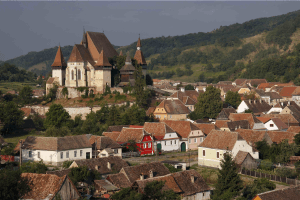
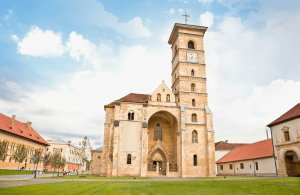
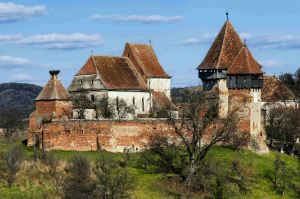
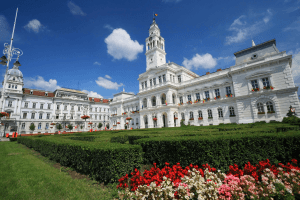
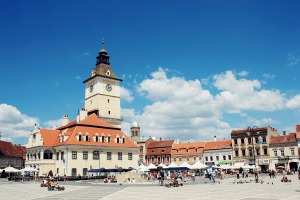
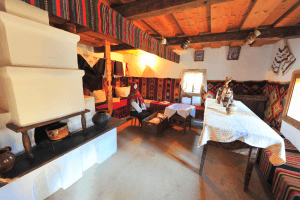
.png)
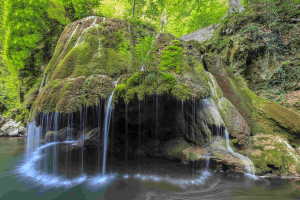
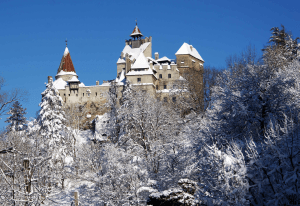

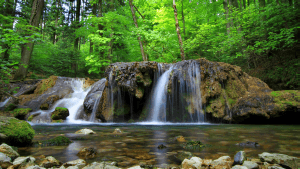
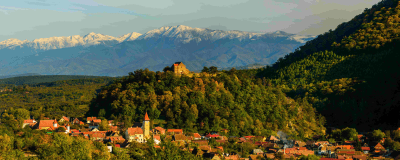
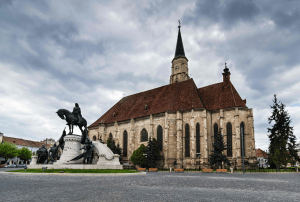
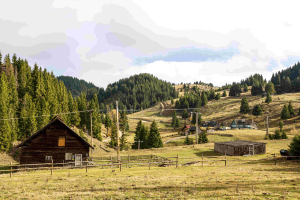
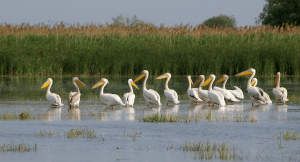
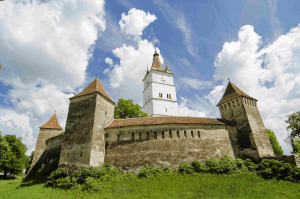
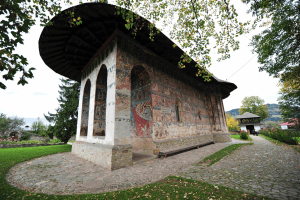
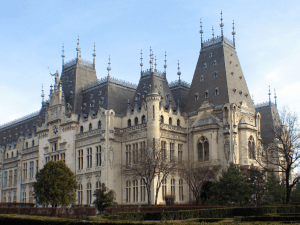
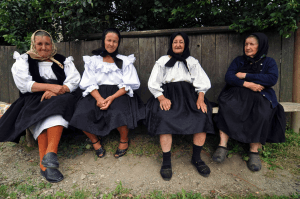
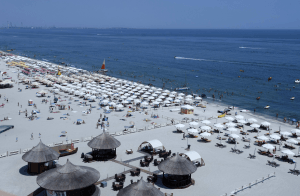
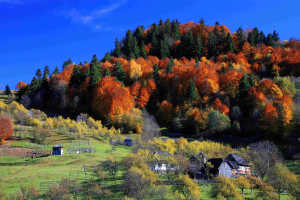
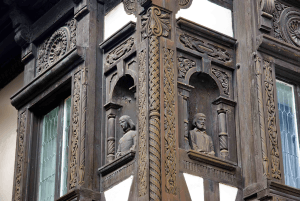
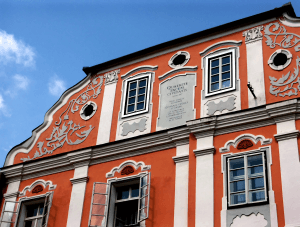
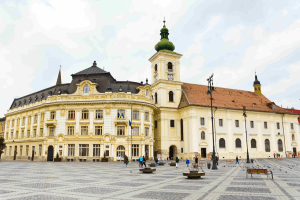












.JPG)































Add a comment